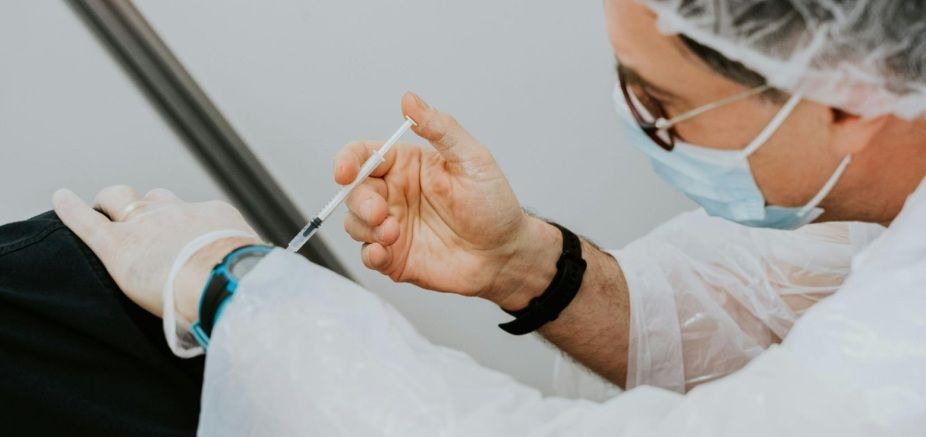In the healthcare industry, Personal Protective Equipment (PPE) stands as a crucial line of defence between health workers and the myriad of infectious agents they encounter daily. From routine check-ups to managing global pandemics, PPE plays a pivotal role in safeguarding both healthcare professionals and their patients.
This comprehensive guide aims to equip you with essential knowledge about PPE - its types, proper usage, and best practices. Understanding the ins and outs of PPE is paramount for maintaining a safe working environment.
Understanding PPE
Personal Protective Equipment (PPE) is a range of devices or clothing items that can be worn to protect the wearer from health and safety hazards. PPE can be worn in many industries, from construction, and healthcare, to restaurants and retail - wherever there is contact and interaction with other people, PPE can be used to keep both parties safe and reduce the risk of the transmission of diseases.
Types of PPE Products Used in Healthcare Settings
Some of the most common PPE items used by healthcare workers include:
Hand & Arm Protection
Whether you need to protect your healthcare workers from burns when handling dangerous chemicals or protection from germs and bacteria, you can find the right protection here at Nobisco.
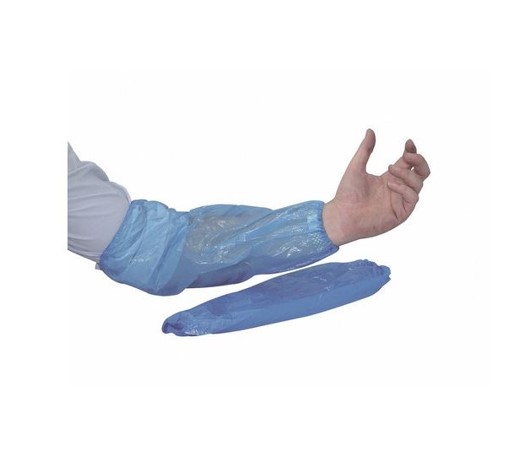 |
Worn over clothes to cover wrists, arms and elbows to provide extra protection against liquids and fluids. |
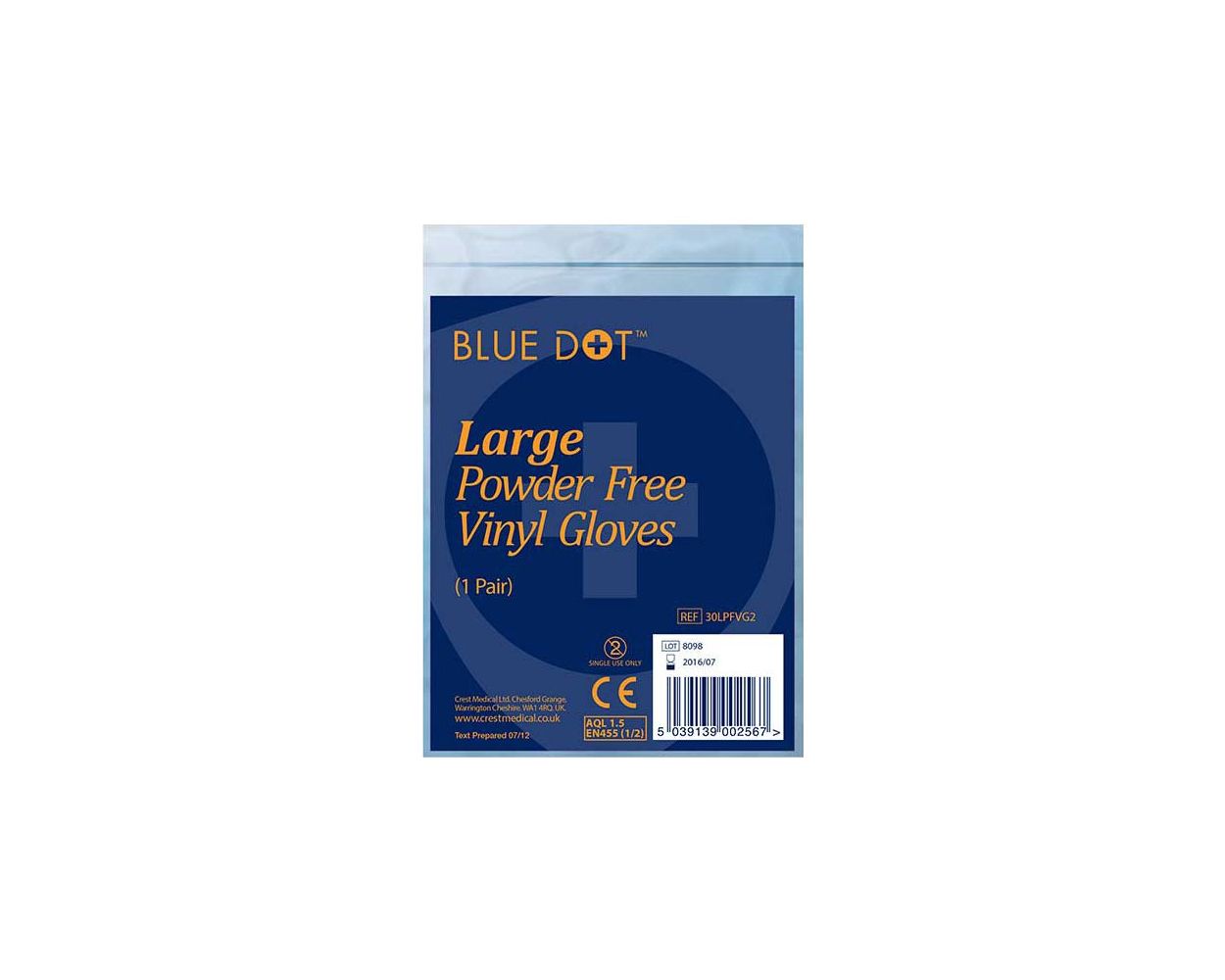 |
Disposable gloves: |
Face & Eye Protection
At Nobisco, our protective items are designed with durability, comfort, and functionality in mind. We provide top-quality respiratory protection, safety goggles, and masks to ensure your healthcare workers are equipped with reliable protection, reducing the risk of transmitting viruses.
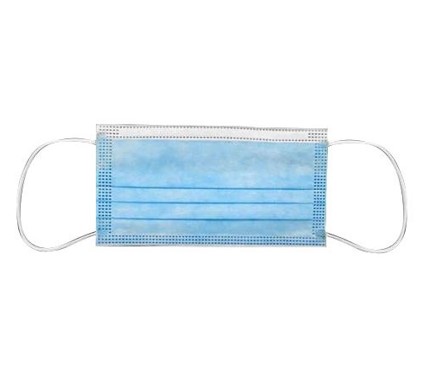 |
Disposable Medical Face masks: Medical face masks are used to protect the healthcare worker from airborne particles and liquids contaminating the face. |
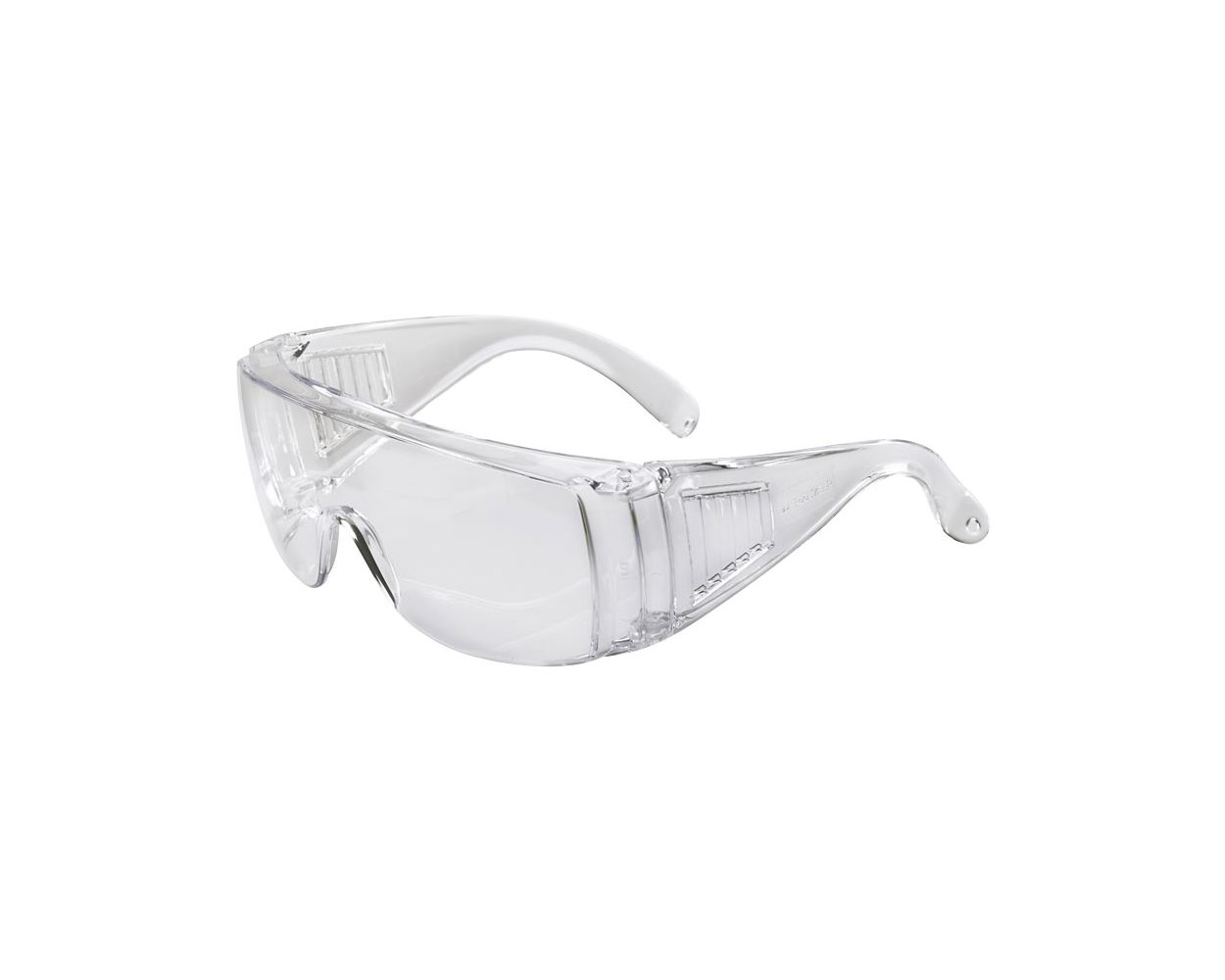 |
Medical safety eyewear is used to protect healthcare workers from lower-impact risks. |
Body Protection
Keep your healthcare workers protected from head to toe with our extensive range of body protection products. Designed to provide a robust barrier against healthcare environment hazards, including, chemical splashes, fluids and bacteria.
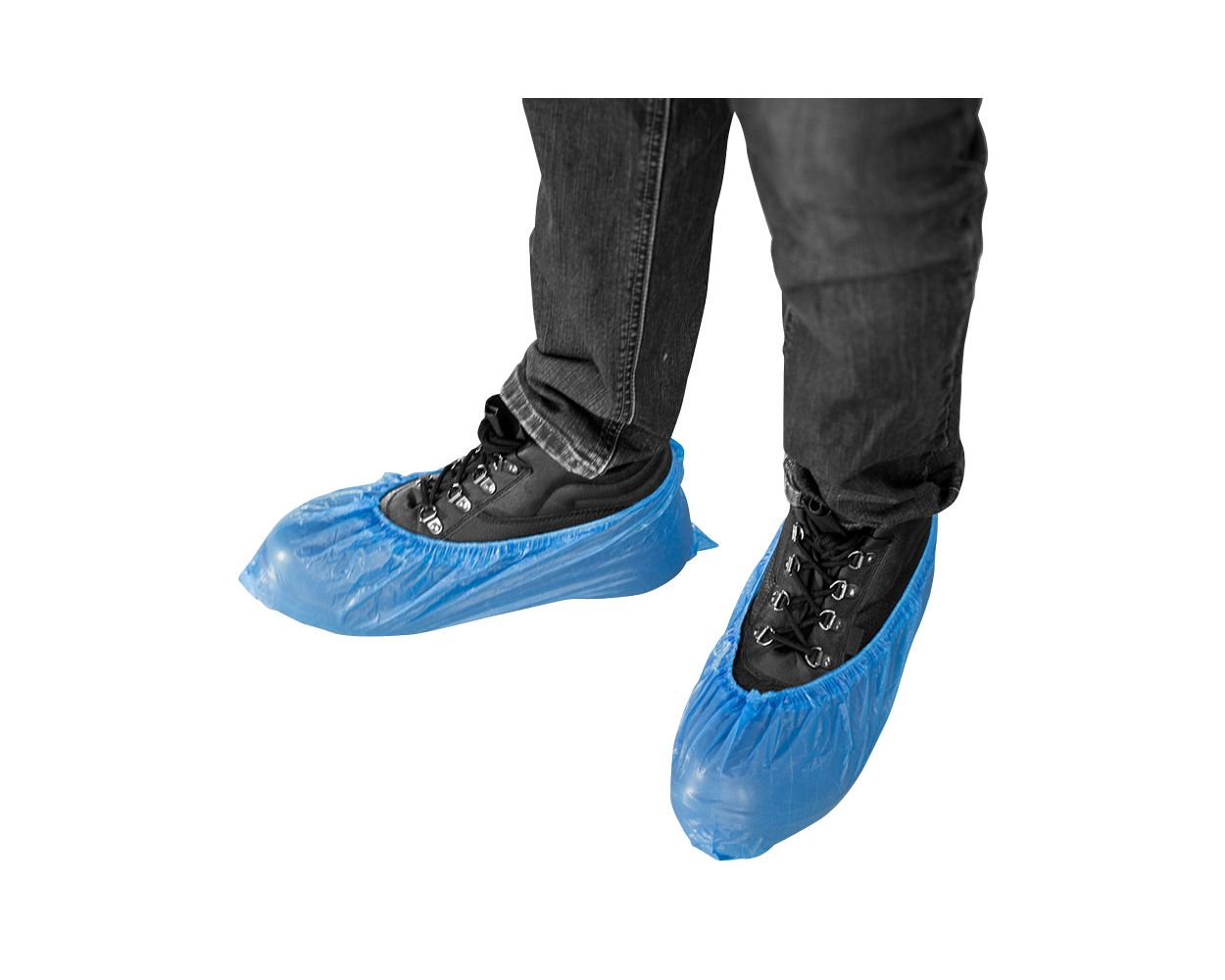 |
Used to help minimise contamination and to prevent the transmission of bacteria between patients and staff. |
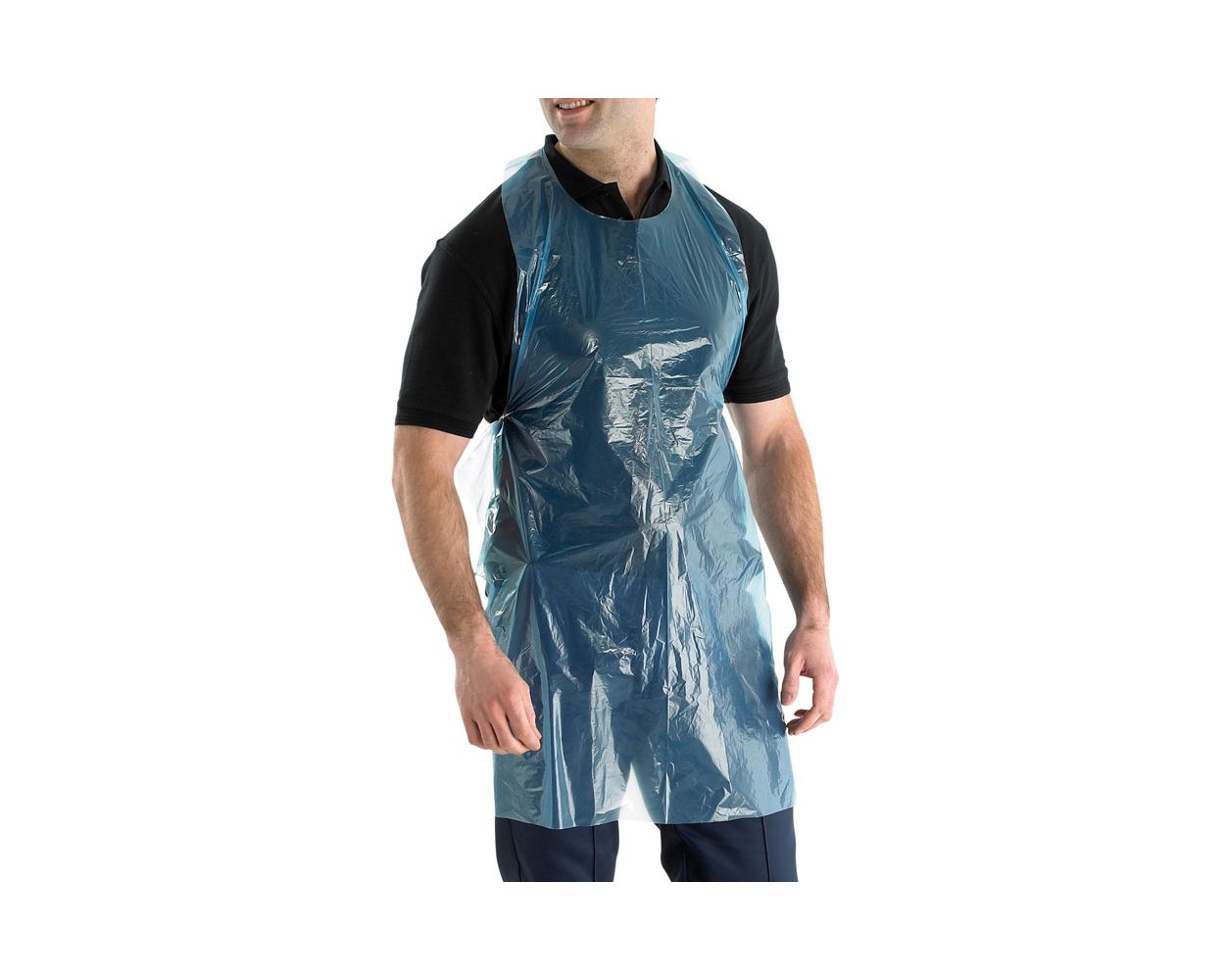 |
Medical and healthcare staff can use disposable aprons to protect themselves from fluid/liquid contamination. They are waterproof and easy to put on.
|
Using PPE in Different Healthcare Settings
The type and level of Personal Protective Equipment (PPE) used can vary significantly across different healthcare settings, depending on the nature of potential exposures and the level of risk involved.
General hospital wards have standard precautions that typically involve disposable gloves, a disposable gown, and sometimes a medical mask.
Intensive Care Units (ICUs) often require more robust protection, including N95 respirators or powered air-purifying respirators (PAPRs), especially when dealing with aerosol-generating procedures.
Operating rooms demand sterile gowns, disposable gloves, surgical masks, and eye protection to maintain a sterile field and protect against splashes or sprays.
Outpatient clinic's PPE requirements may be less stringent, often limited to gloves and face masks for routine patient interactions.
Emergency departments must be prepared for a wide range of scenarios and may require quick access to various types of PPE, from basic protection to full-body suits for potential high-risk exposures.
Understanding the specific PPE needs of each healthcare setting is crucial for ensuring adequate protection while optimising resource allocation. More information can be found in the 2023 Personal Protective Equipment for Use in Healthcare policy including how to correctly wear and remove PPE items.
PPE: Wearing, Removal, and Disposal
Donning - Putting on PPE
The term Donning means putting on PPE properly to ensure healthcare workers gain the maximum protection and reduce the risk of exposure.
Here are steps on how to put on PPE safely and correctly:
- Wash your hands and wrists using alcohol-based hand rub or soap and warm water.
- Put on the apron and secure around the waist.
- Put on a medical face mask.
- Ensure the medical mask fits the nose, covering the mouth and chin.
- Wear eye protection.
- Wear gloves if exposed to fluids - change gloves as and when necessary.
Doffing - Removing PPE
The term Doffing refers to removing PPE in a safe way to reduce the risk of self-contamination.
Here are steps on how to remove PPE safely and correctly:
- Remove gloves, taking care not to touch the front side of the gloves.
- Wash hands and wrists with warm water or alcohol-based gel.
- Remove the apron, taking care not to touch the front of the apron.
- Wash hands and wrists again with warm water or alcohol-based gel.
- Once you are at least 1 meter away from the patient, remove eye protection if wearing and discard.
- Wash hands and wrists again with warm water or alcohol-based gel.
- Remove the medical mask by the ear loops, taking care not to touch the front of the mask.
- Wash hands and wrists again with warm water or alcohol-based gel.
Latest Guidance and Standards for Using PPE
It’s important to stay up to date with the latest information and guidelines on PPE, especially for those healthcare workers who are in direct contact with patients who have COVID-19. The latest government NHS press release advises all employers to ensure their healthcare staff have access to the safest level of PPE, which should be worn in all types of healthcare settings where patients are cared for. This helps to protect not only the staff but also other patients and colleagues they interact with during their shift.


